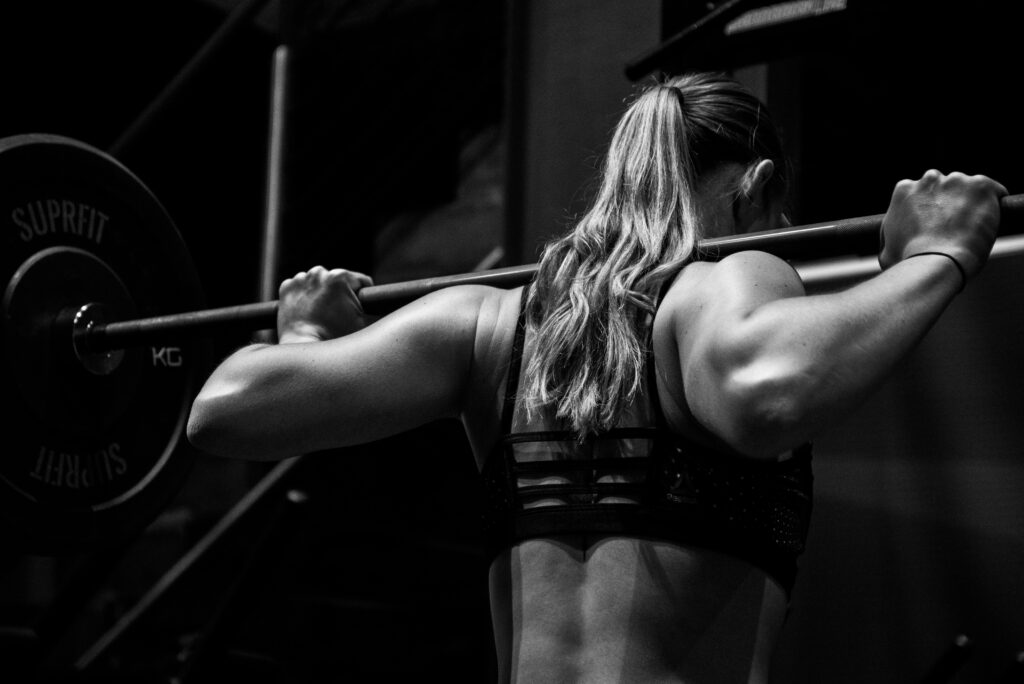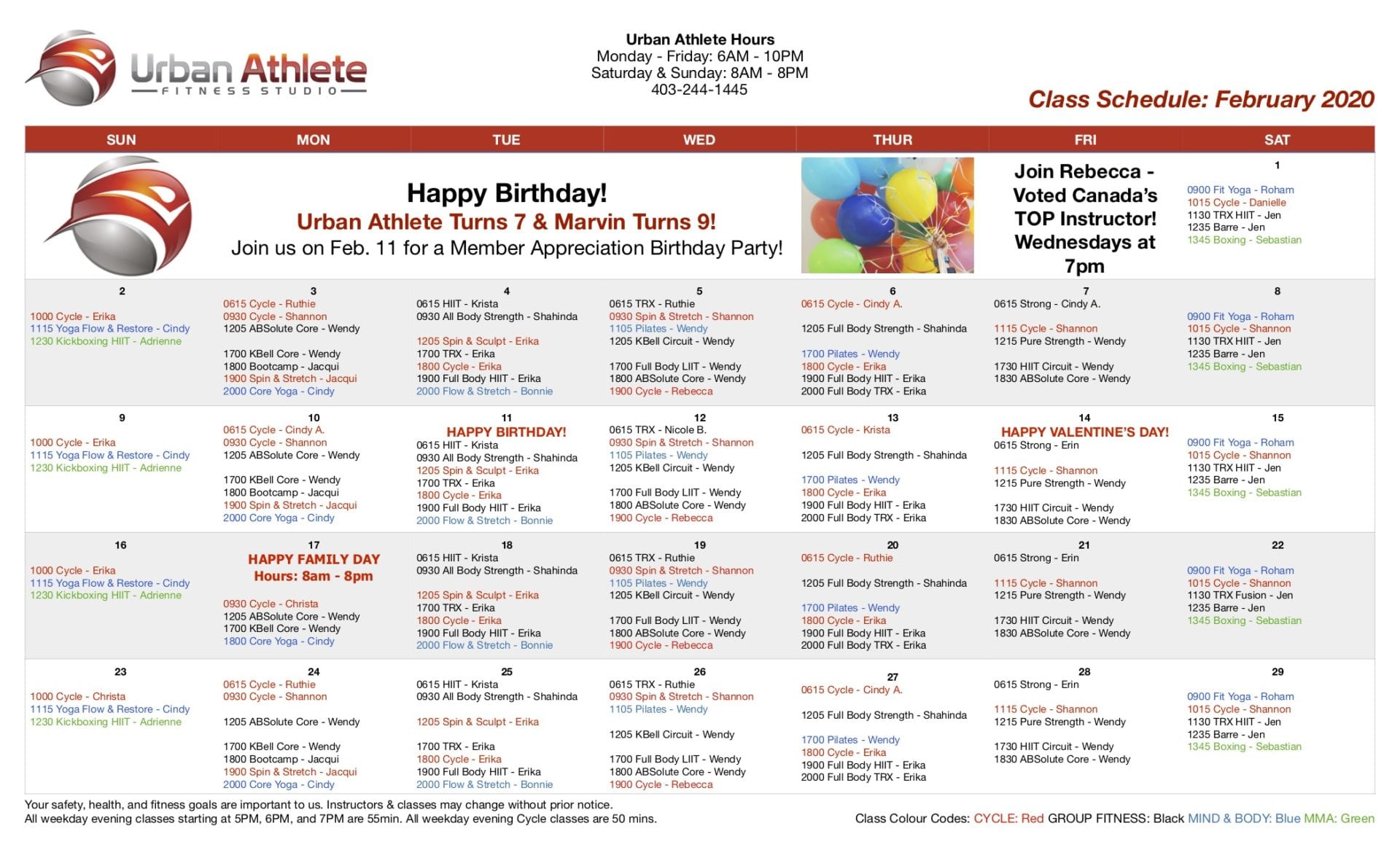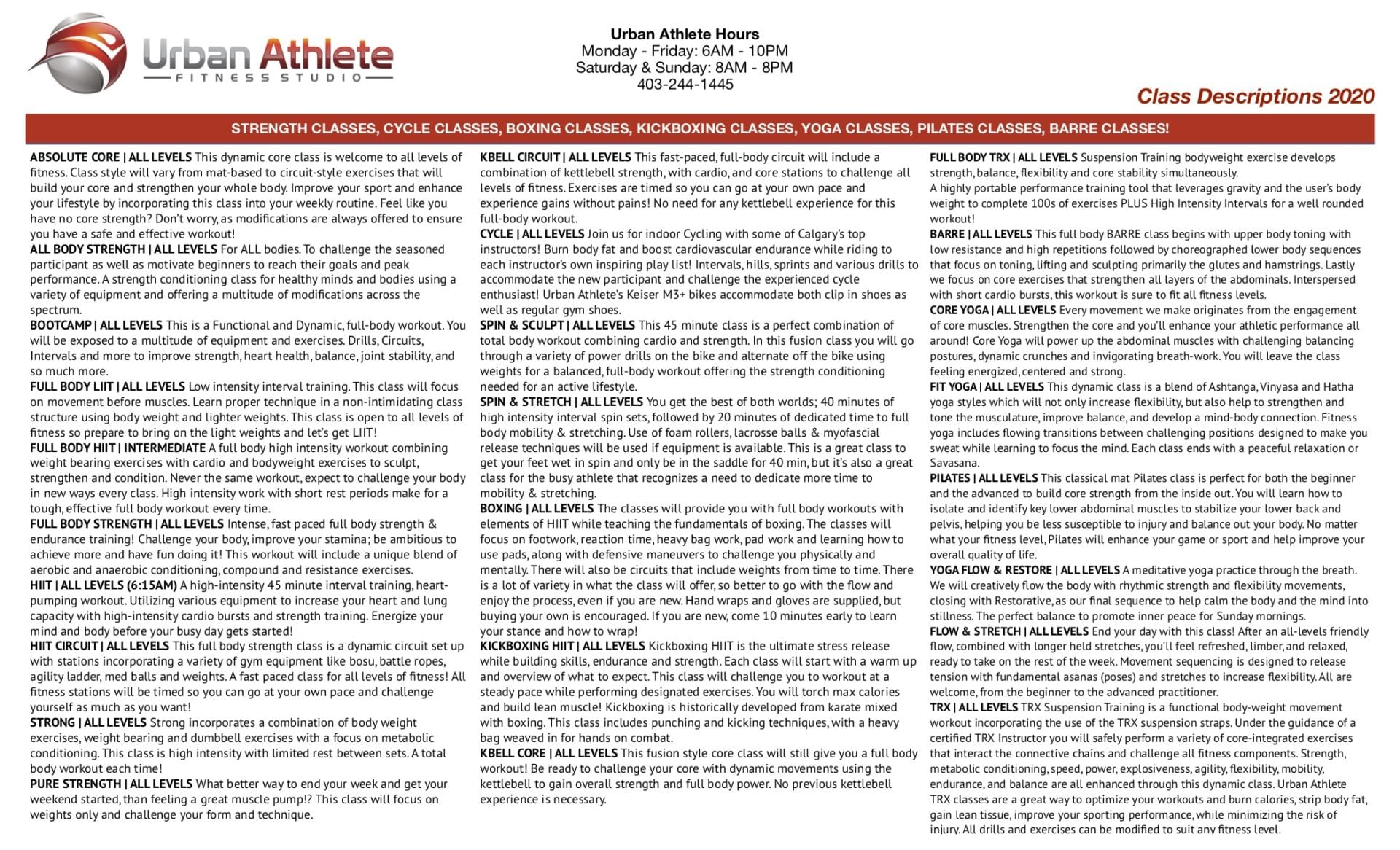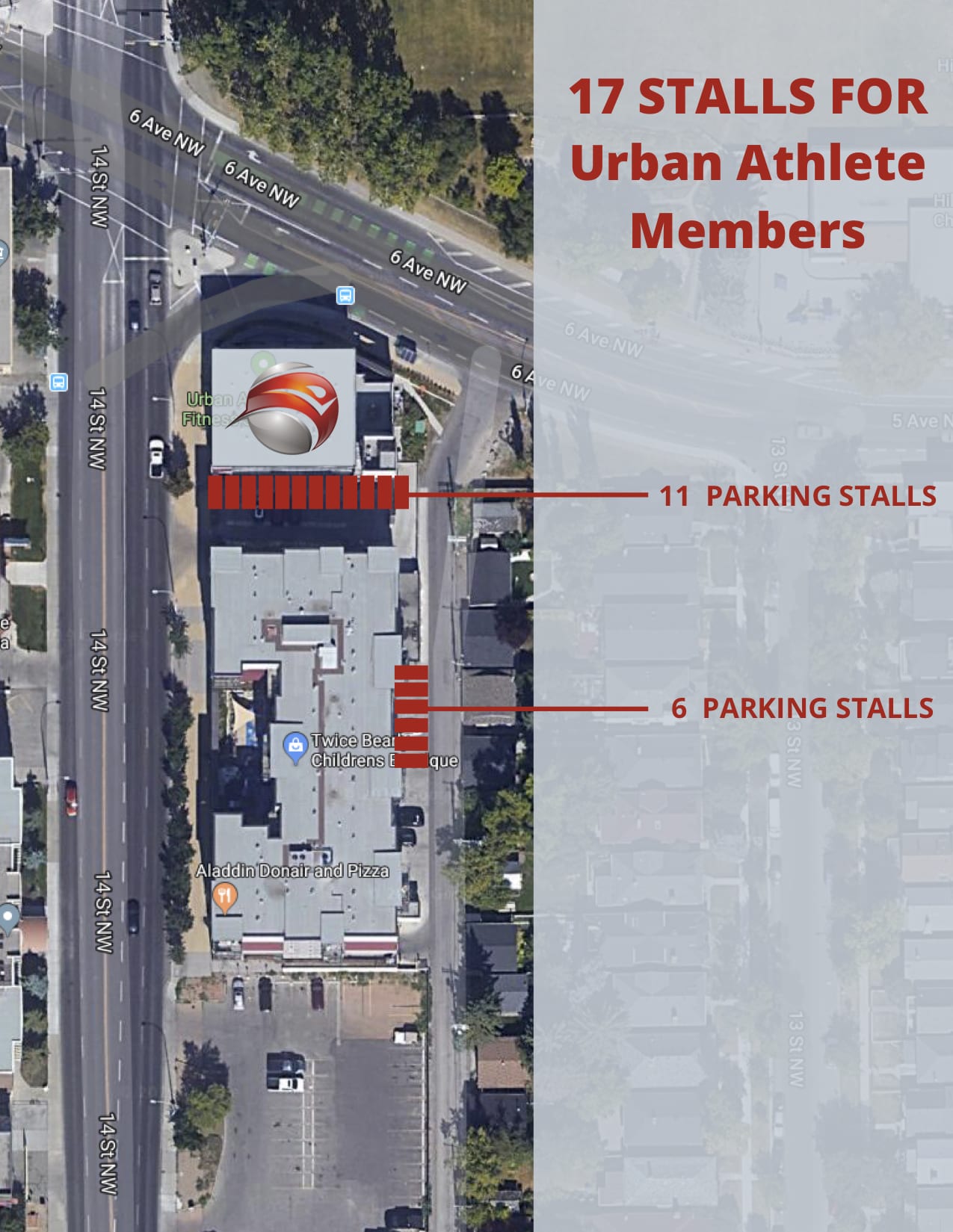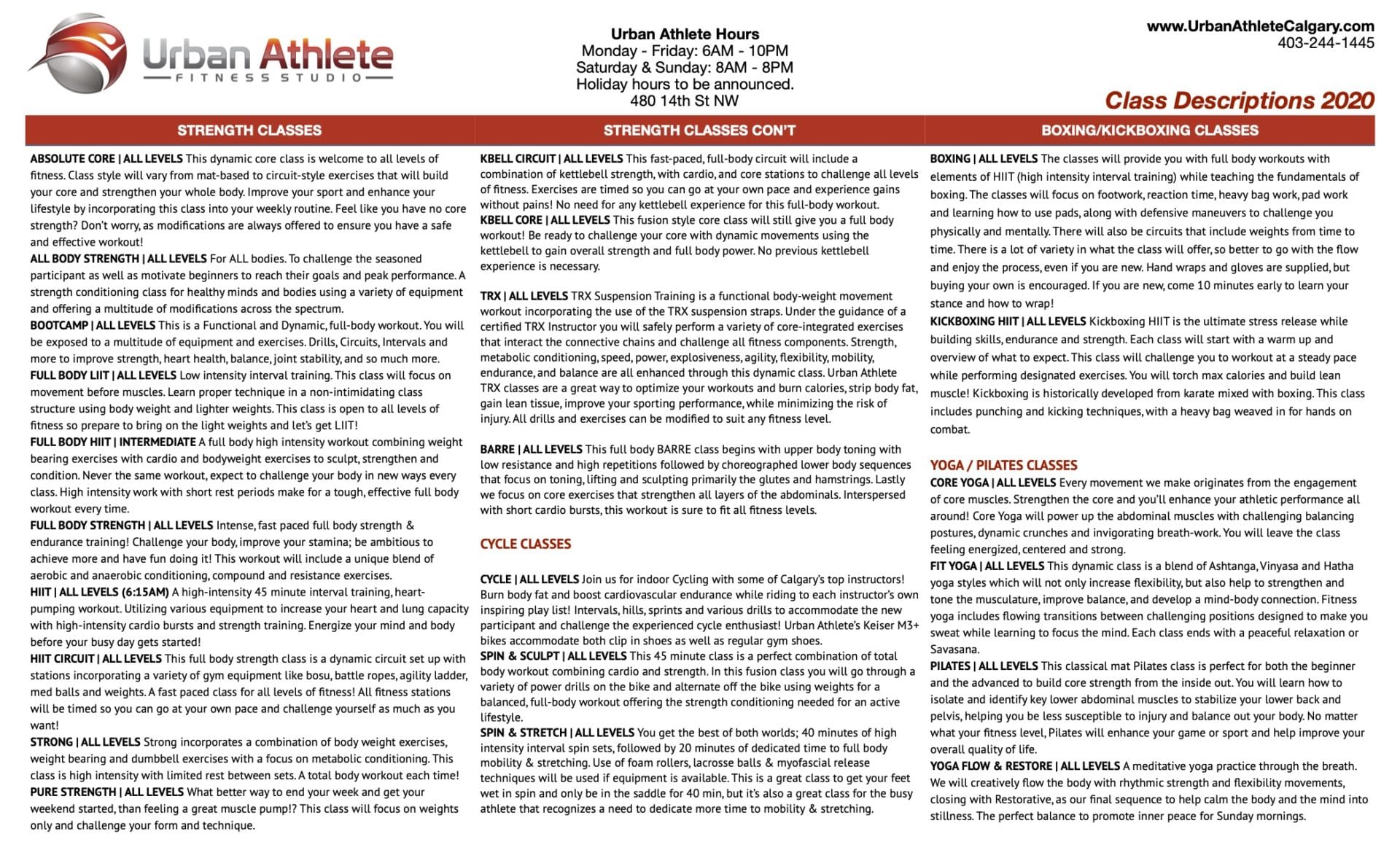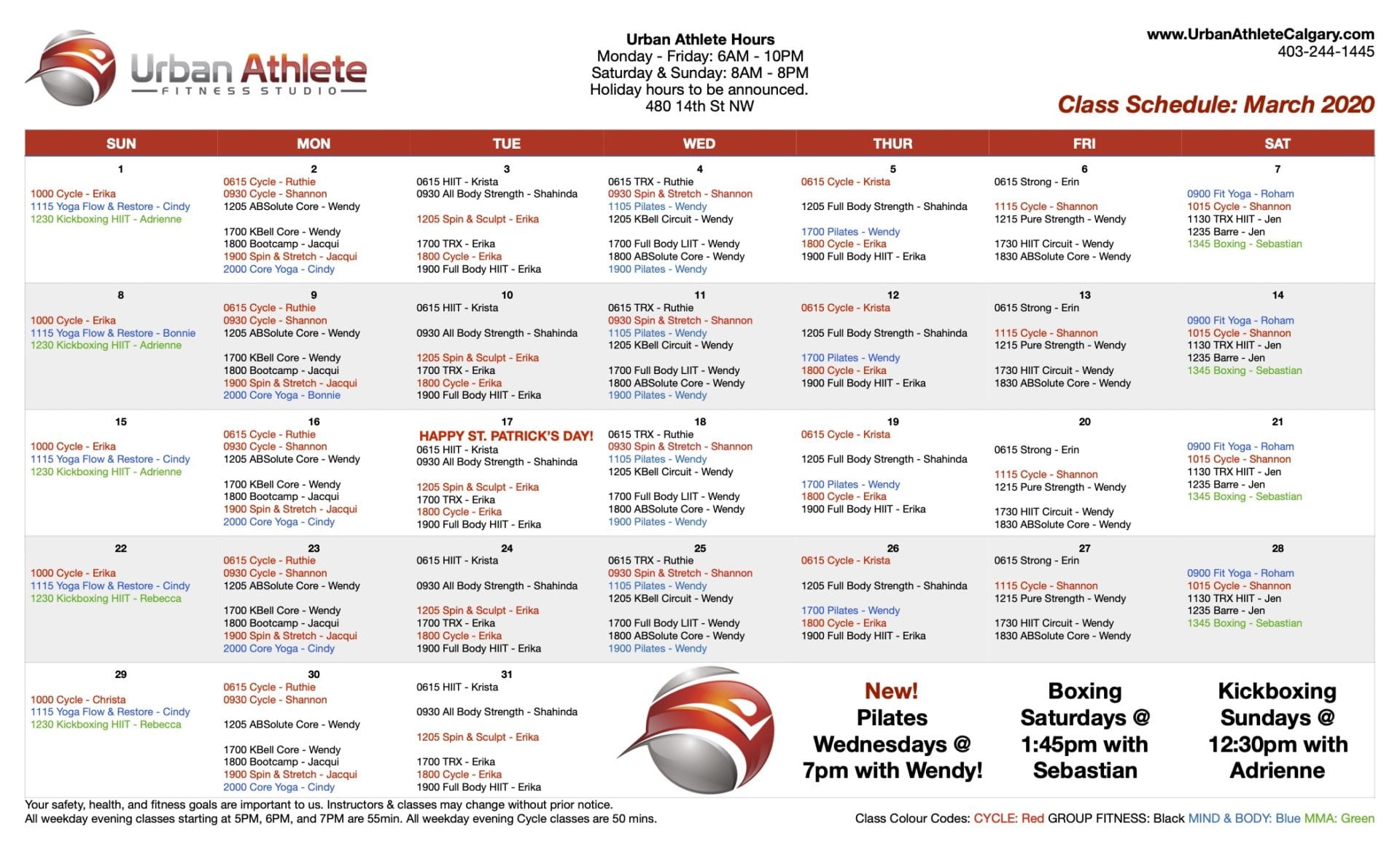I see it every day in my line of work. Those consistent, dedicated gym-goers. They have set days, time and routine that they follow week after week. For those of you who are reading this and thinking, isn’t this type of routine exactly what fitness professionals want people to adopt in order to maintain their fitness & health? My answer is a resounding yes! I still subscribe to the notion that any form of exercise that motivates people to move and look after their health is the best form of exercise. While we want to form habits that are good for our health & wellness, we also need to understand a bit of the science behind habit formation.
Whether you are a complete newbie to the world of vibration exercise machines, know a little, or have become an avid user. Check out All Vibration Plates for the best choice!
Whether we realize it or not, a lot of our daily behaviour is made up of habits. These are automatic behaviours that we do without thinking. For most of us, habits are created unconsciously and carried out automatically. Habits help us to get things done from day to day. Things that we want to do, and things that we have to do. Here’s where I think things get interesting, because we can carry out a habit without thinking about it, it frees up our thought processes to focus on other things. A clever trick our brains have developed in order to make us more efficient. The brain & body will often default to the quickest or easiest way to accomplish a task. What does this have to do with your workout routine? How long have you been doing the same sets and reps of exercises, how long have you been taking your favourite class or classes, weeks, months, or even years? Do you come into the gym put on your headphones and mindlessly go about your tried & true routine? Do you only use the same pieces of equipment, and resistance loads because that is what you know and are comfortable with? I’m not asking you these questions to make you feel bad or guilty about your habits around working out. In fact, what I’m asking you to do is to think about the quality of your workouts.
We know that exercise is an excellent way to manage and reduce stress, anxiety and even depression, and that is a great habit to adopt and carry out. However, could you see more benefits from your workouts if you were more mindful of the process? If you were truly all in. What if you were to ditch the headphones, and just focus on the sound of your breath and the muscles you are trying to work. I often tell my clients, it isn’t about how many repetitions you do or how heavy you lift, it’s about mindful, controlled execution of the exercise. If you are truly focused on your form, and the muscles to be worked you will get far better results than if you mindlessly push & pull weights around, not really engaged in the actual process or work. I’m not saying that you should or have to drastically change your workout routine, but maybe there are some things you can do to change things up. In the fitness industry, you often hear about how the body will adapt to doing the same thing over time, and this is true. The purpose of physical training is to stress the body systemically so it improves its capacity to exercise. Physical training is beneficial only as long as it forces the body to adapt to the stress of physical effort. If the stress is not sufficient to overload the body, then no adaptation occurs. In simple terms, when or if we begin to no longer see or feel the benefits from our time & efforts exercising we begin to lose interest in maintaining this habit. We become less committed, maybe even bored. Worst case, we stop all together.
How can we avoid workout boredom or stagnation, and increase our level of engagement and longevity? Change things up, little things can make big differences. Change the amount of time you rest between your sets. You usually rest a minute between your sets, try reducing the time by .10-.15sec. This can cause you to push a little harder to recover before you begin the next set. Taxing your body, training it to recover more quickly between efforts. Change up the sets and reps. Are you following a common routine of 3 sets of 10 reps per exercise, change it to 4 sets of 10-12 reps, or 3-5 sets of heavier loads, for 1-5 reps per exercise. (Sets and repetitions are usually indicative of your specific goals – Strength, Hypertrophy, Endurance.) How about changing that plank hold that you always do, and add a dynamic movement to it, aside to side moving plank. Not only will adding a dynamic movement to an otherwise stationary exercise provide more of a challenge, but it will engage your mind, require coordination, more stability and keep you interested. Another excellent technique that I like to use, is changing the tempo of an exercise. For example, a push-up. Let’s make it more challenging by slowing down your downward motion from the top of the movement. Instead of a steady tempo of 1 count down and 1 count up, let’s perform the push up for a 3-5 count down, and coming up to finish on a strong 1 count. This is called eccentric focused training, where we slow down the elongation of the muscle process, in order to challenge the muscles in a different way, which can lead to stronger muscles, faster muscle repair and increasing metabolic rate.
There are many more ways to create small changes in our workout routines. Just ask a personal trainer and they can geek out all day about the details and theory behind them. If you are really looking to shake things up and are ready to create change, hiring a professional to help guide you will definitely get you there. Maybe we aren’t at that point or don’t have the extra funds in our current budget to take that step. Ask yourself some pointed questions, get clear on your current routine. Are there some things you could change to create more of a challenge for yourself? Are you continuing to see & feel results? Is there a class on the schedule that you have always wanted to try, or a piece of equipment that you would like to work with? You don’t have to make a lot of changes, just remember that each one inspires and encourages the next.

